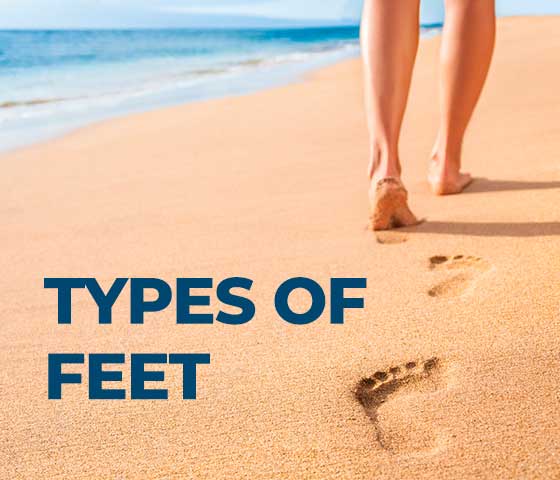There are several types of feet, which can be categorized based on various criteria such as arch shape, toe alignment, and foot biomechanics. Furthermore, there are other aspects to consider, including the structure of the foot, walking patterns, and types of footprints.
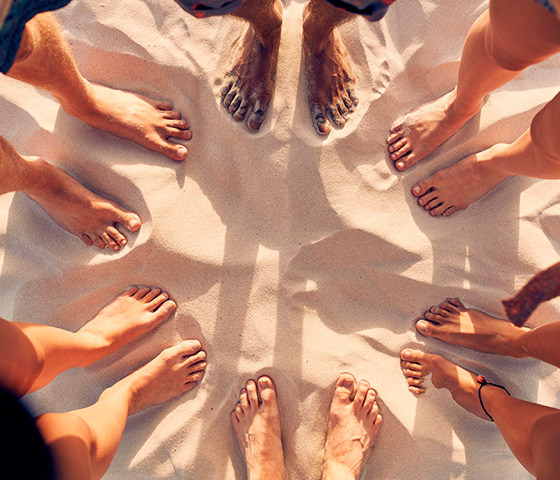
Your feet are the foundation for your entire body. When this foundation is misaligned or is functioning poorly, the effects can be felt throughout the body – they can be shown either through muscle and joint pain or through serious injuries.
If you are experiencing foot pain when walking or running, or even just standing, it’s important to identify the underlying cause first. Once you know why your foot hurts, you can find the right solution. If you are in Milton, Ontario, we are specialized in orthopaedic & manual physiotherapy. Our team will recommend a personalized treatment to treat and perhaps cure your foot pain. (Click here to see more about foot pain treatment)
The three most common types of feet based on Arch Shape:
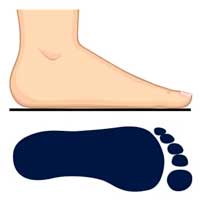
Flat Feet (Pes Planus)
- Description: The arch of the foot is flattened, allowing the entire sole to touch the ground.
- Common Issues: Overpronation, which can lead to knee and ankle pain.
- Footprint: A footprint with little to no curve on the inside.
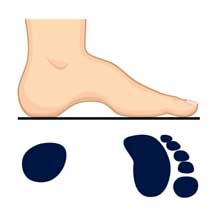
High Arches (Pes Cavus)
- Description: The arch of the foot is higher than normal.
- Common Issues: Underpronation (supination), which can cause heel pain and stress fractures.
- Footprint: A footprint with a distinct curve and little contact with the ground.
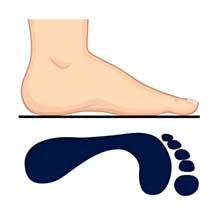
Neutral Arches
- Description: A normal arch with balanced pronation.
- Footprint: A moderate curve on the inside, with even distribution of weight.
The three most common types of feet based on Biomechanics:
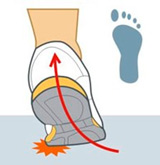
Footstep Pronated
This type of step happens when the first touch of the foot to the ground happens to the outside of the heel and slightly rises to the inside of the foot, the medial gaining momentum.
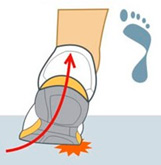
Footstep Supine
This type of stepped happens when the first touch of the foot to the ground happens to the outside of the heel and thus remains with the inward movement, laterally gained momentum.
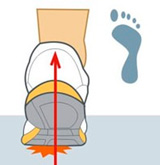
Footstep Neutral
This stepped occurs when the first touch of the foot on the ground happens to the outside of the heel and slightly rises to the medial aspect of the foot, making a uniform motion to gain momentum in the midfoot.
Factors Affecting Footsteps:
- Footwear: The type of shoes can significantly alter foot mechanics and gait patterns.
- Surface: Walking on different surfaces (e.g., sand, pavement, grass) can change how you walk.
- Injury: Injuries to the foot, leg, or hip can affect gait and footprint.
- Age: Aging can alter gait patterns, often leading to a more shuffling walk.
Understanding these different foot types and footsteps can be crucial for choosing the right footwear, improving athletic performance, or diagnosing foot-related issues.
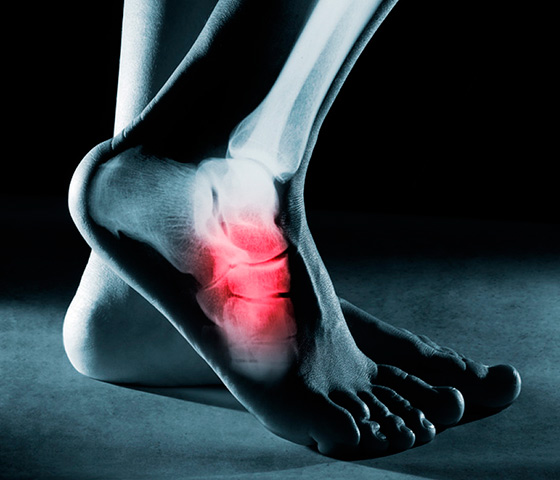
It’s important to pay attention to your arch type and any tendency you may have to pronate or supinate as you walk or run. Those biomechanics can lead to injury or to painful conditions, like bunions, hammer toes, shin splints, or plantar fasciitis.
If you have specific concerns about your feet or gait, consult one of our team of professionals with years of experience in orthopedic treatments. Revolve Phisiotherapy in Milton. Call us now (905) 864.8181 and talk with us!
